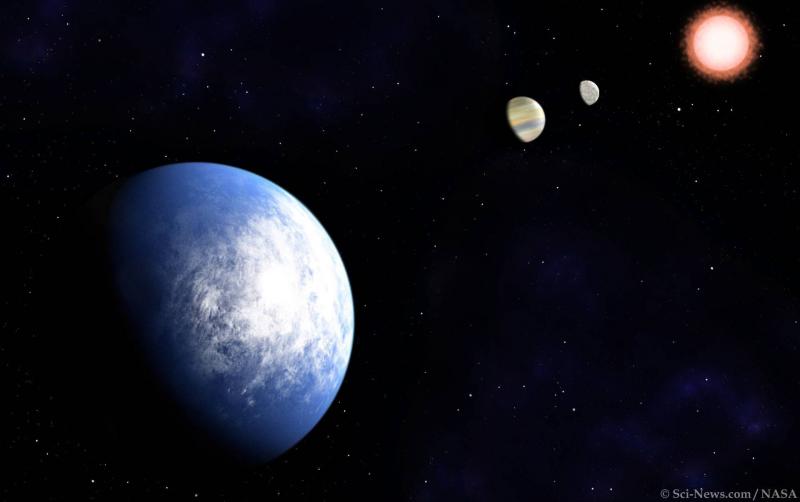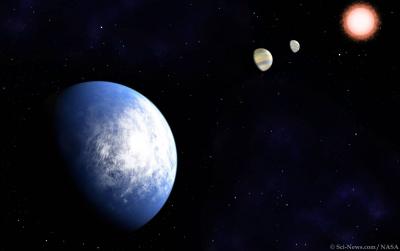Astronomers have identified what they describe as one of the oldest planetary systems ever discovered, which contains a rocky planet known as TOI-561b. This planet orbits a star that is 10 billion years old, which is more than double the age of the Sun. Researchers say that this discovery shows that planets have been forming since the early days of the universe.
Notably, the size of TOI-561b is about 1.5 times that of Earth, which means it can be referred to as a "super-Earth." One of the most intriguing aspects of this planet is its extremely rapid orbit around its star, which is twice as fast as Earth's orbit around the Sun.
According to scientists, the chances of this planet being habitable are very slim, as its surface temperature is believed to exceed 1700 degrees Celsius. Another interesting facet of this planet is its unusually low density compared to its size; while its mass is about three times that of Earth, it possesses the same density as our planet, indicating that it is very old.
In fact, older planets tend to be less dense because they contain fewer heavy elements, such as metals, that are formed within stars as they age and eventually explode as supernovae, dispersing elements into the surrounding space. These elements later merge into neighboring planets or combine to form new planets. This process likely occurred during the early formation of the universe, characterized by a few stellar explosions that resulted in planets containing lighter elements.
According to researchers, TOI-561b is considered the oldest rocky planet ever discovered. Researcher Lauren Weiss stated that the existence of TOI-561b proves that rocky planets were forming since the beginning of the universe, approximately 14 billion years ago. It is noteworthy that the planet was discovered using data from NASA's TESS mission and was confirmed using the Keck Observatory in Hawaii.




